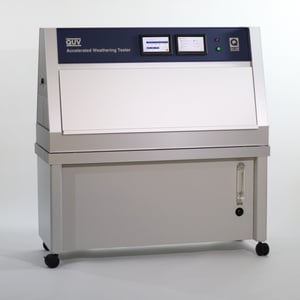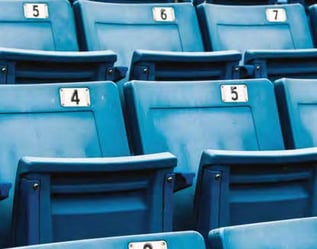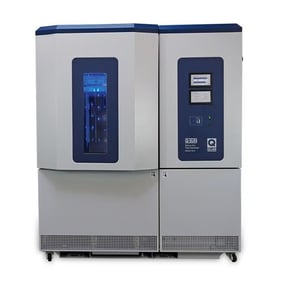ISO 4892-3:2024 – Accelerated Weathering Testing for Plastics is a globally recognised standard for evaluating the durability of plastics exposed to sunlight, heat, and moisture. Using fluorescent UV lamps, it simulates years of outdoor weathering in a controlled laboratory environment, which is critical for manufacturers seeking to improve product longevity and performance.
The 2024 update introduces new high-irradiance test cycles and refined temperature control language to support more advanced and flexible testing.
Why Use ISO 4892-3?
Although developed by the ISO’s Plastics Committee, ISO 4892-3 is widely used across the automotive, packaging, and other industries that require UV exposure testing. Its test cycles are also closely aligned with ISO 16474-3 (used for paints and coatings), highlighting its broad applicability.
Key benefits include:
-
Accelerated aging to predict long-term durability
-
Quality control and compliance testing
-
Material comparison in R&D
-
Improved product performance in real-world environments
Overview of Test Methods
These tests are commonly performed using a QUV accelerated weathering tester, which is designed to meet ISO 4892-3 requirements with precise control over UV exposure, temperature, and moisture.
ISO 4892-3 includes multiple test methods using different lamp types, exposure cycles, and temperature/moisture conditions. Each method serves specific testing goals:
Method A: UVA-340 Lamps
Simulates outdoor sunlight with strong shortwave UV correlation.
-
Cycle 1–4: Vary in light/spray/condensation timing, irradiance up to 0.83 W/m²/nm, temperatures from 50–70 °C
-
Best for: Outdoor durability and material comparison
Method B: UVA-351 Lamps
Replicates UV from sunlight through glass.
-
Cycle 5: 24-hour light, no moisture
-
Best for: Indoor exposure simulations
Method C: UVB-313 Lamps
Accelerates degradation using shorter wavelengths.
-
Cycle 6–7: 8-hour light / 4-hour condensation, with irradiance up to 0.71 W/m²/nm
-
Best for: Quality control or quick screening
Method D: High-Irradiance UVA-340 (New in 2024)
Provides faster results with higher UV intensity.
-
Cycle 8–9: “Two sun” and “three sun” exposure levels up to 2.04 W/m²/nm
-
Best for: Light-sensitive materials needing faster test times
Pros and Cons of ISO 4892-3
✅ Advantages
-
Strong correlation to real-world failures.
-
Hot condensation cycles realistically simulate moisture damage.
-
Flexible lamp and cycle options to match various testing needs.
-
New high-irradiance cycles shorten test duration for light-driven degradation.
⚠️ Limitations
-
Reduced realism with UVB lamps and high irradiance
May cause degradation modes not seen in outdoor conditions. -
Incomplete solar spectrum
UV fluorescent testing does not fully replicate natural light, which can affect colour change results. -
Excess water spray
Some spray durations exceed what’s needed for thermal shock and are less effective than condensation.
Conclusion
ISO 4892-3 remains a cornerstone for weathering durability testing in plastics and related industries. With its 2024 updates, the standard offers even more flexibility, speed, and relevance to modern product testing requirements.
Whether you’re developing a new formulation or validating product lifespan, ISO 4892-3 helps you test with confidence and stay ahead of performance challenges.
Need help selecting the right cycle or equipment for ISO 4892-3? Contact our team to discuss your testing needs.






